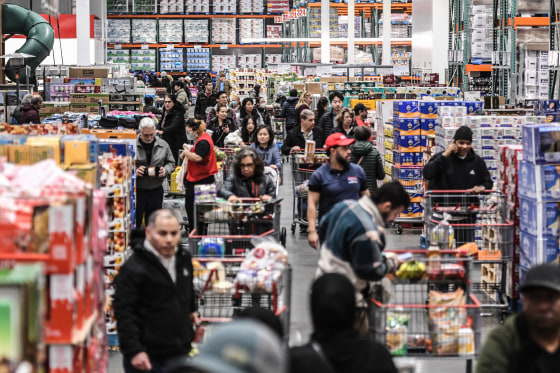Understanding the Latest Inflation Trends: What Consumers Need to Know in 2025

Inflation has been top of mind for many Americans, especially as economic headlines continue to dominate the news. The latest inflation numbers for 2025 show a complex story, with some prices easing while others remain stubbornly high. Understanding these trends is crucial for both consumers and businesses.
Where Inflation Stands Right Now
The most recent data from the Bureau of Labor Statistics suggests that the latest inflation rate has edged up by 2.3% over the past 12 months. While this represents a slight decrease from previous months, it is still a sign that price growth is far from over. Monthly changes show a small 0.2% rise in April, indicating that inflation has stabilized but not completely disappeared.
A recent NBC News analysis gives a detailed breakdown of these figures. It highlights a noteworthy nuance—while energy costs like gasoline have dipped, housing and groceries continue to strain budgets. The article points out that core inflation, which excludes food and energy, rose 2.8% in March and likely remained at that pace through April.
The Impact of Tariffs and Policy
One key factor affecting the latest inflation numbers is international trade policy. Ongoing tariffs, especially those involving China, have created uncertainty for businesses and consumers. According to the Conference Board and the Federal Reserve, these tariffs have led to higher import costs, which trickle down to everyday products. Uncertainty over tariff policy is keeping some prices elevated, and the NBC News report notes that American consumers face the highest average effective tariff rate since 1934.
Are Gas, Groceries, and Mortgage Rates Down?
Gasoline prices, on average, have decreased compared to last year. Data from WCNC's VERIFY confirms that the current U.S. national average for regular gas is around $3.15 per gallon, down from $3.64 a year ago. However, grocery prices tell a more mixed story. Some staples like eggs and milk have fluctuated, but other items, including beef and rice, are priced higher than last year.
The housing market presents additional challenges. While mortgage rates are slightly lower than last year, the cost of shelter continues to rise. Rent growth is still at about 4%, mirroring pre-pandemic highs according to official government figures.
What Does This Mean for You?
For everyday consumers, the latest inflation picture is mixed. Lower gas prices offer some relief at the pump, but grocery bills and rent can still cause headaches. Ongoing economic uncertainty, fueled by market shifts and tariff changes, may continue into the coming months.
For more in-depth coverage and expert opinions on current inflation data and their impact, see this detailed breakdown by NBC News and this fact check on changing prices by WCNC.
Final Thoughts
The latest inflation reports for 2025 show progress, but not a complete return to normal. Staying informed helps consumers make better decisions in a shifting economy. Watch for updates from reliable sources and continue tracking key trends that impact your daily life.